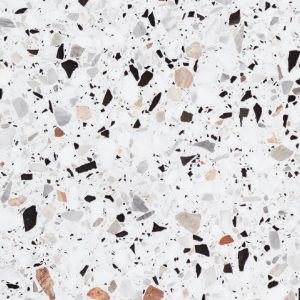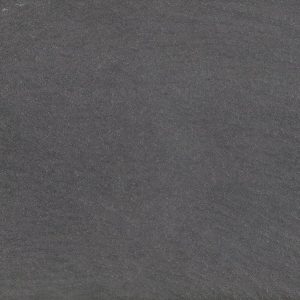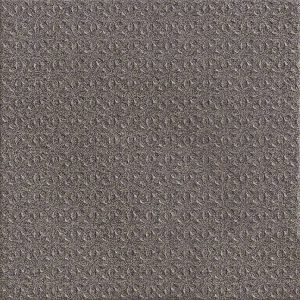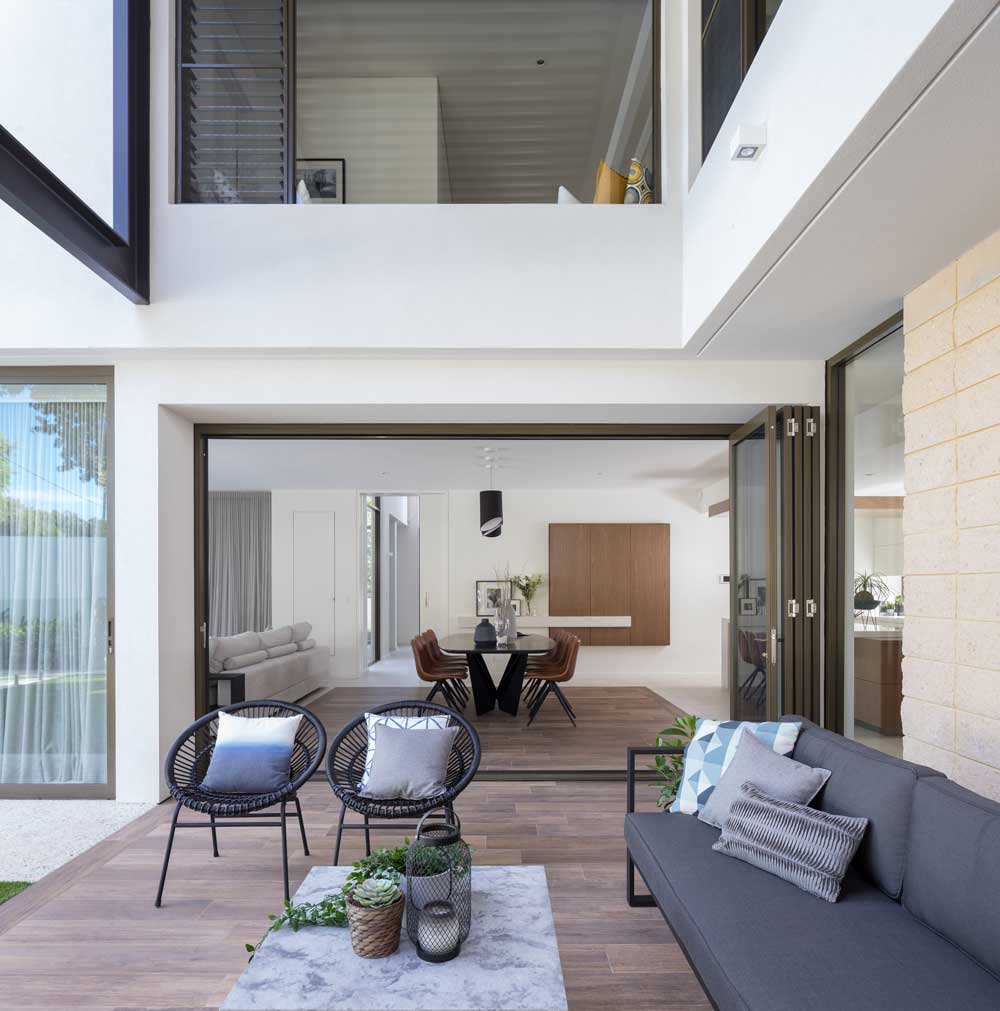Tile surfaces for general public areas need to comply with specific building codes and occupational health and safety and disability requirements. By selecting tiles with the right slip resistant rating for the desired application, you’ll ensure you’re compliant and maintain safety standards.
Slip ratings for tiles are classified by carrying out the following tests:
Oil-Wet Ramp Test (R9 – R13)
This test involves placing the tiles on a ramp and applying lubricating oil to the surface. The test is conducted with two people who are attached to a harness who then walk on the test panel. The test panel is then inclined with the test personal walking forward and backwards at a specific pace. If this is conducted twice without the test persons slipping, then the platform and angle is increased and the test repeated. Once the test personnel slip, the process is repeated to confirm the slip and measure the angle at which they slipped. The angle at which the slip occurred is averaged between the two persons and then compared with previously calibrated panels to confirm the classification. The R9 rating is the ‘smoothest’ finish, with the R13 result being the most slip resistant. Choosing tiles with a higher rating is an effective anti slip tiles solution for ensuring safety in areas prone to moisture.
A pendulum test is a method for testing the slip resistance of a tile. The test is designed to replicate the heel of a foot slipping on tiles in wet and dry conditions. From this, Pendulum Test Values (PTV) are determined, which indicates the level of potential slip risk. The main advantage of this test is it can be performed on site (while the other test methods cannot). The P1 rating is the ‘smoothest’ finish, with the P5 result the most slip resistant.
Wet Barefoot Ramp Test (A / B / C)
This test is similar to the Oil-Wet Ramp test in the way it is performed, but is used to assess the slip resistance of surfaces where people will likely be barefoot and subjected to wet water surfaces, such as swimming pool surrounds, showers, and change rooms. The difference in the test method is the testing personnel are barefoot and with wet feet (instead of with rubber-soled shoes and oil lubrication). The A rating is the ‘smoothest’ finish with the B and C ratings both increasing in slip resistance.
When browsing our extensive range of premium non-slip tiles, you’ll notice the slip rating for each tile. Here are a few examples of the Slip Tests and Slip Ratings for areas where slip resistant tiles are required:





